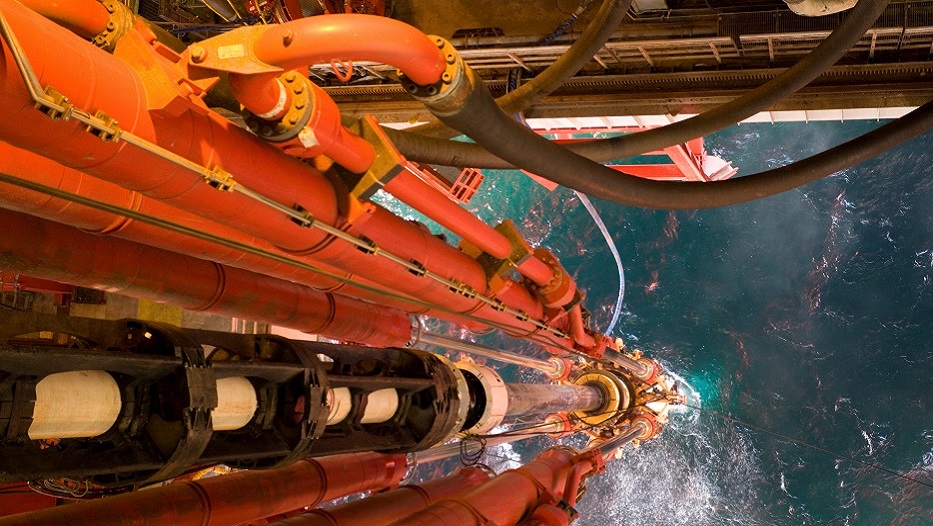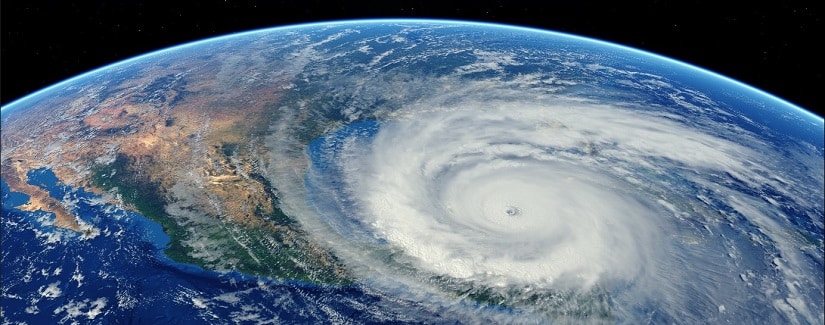The health crisis brought about by COVID-19 and its impact on the world economy battered the oil industry in the year’s first quarter with unprecedented changes to both crude production and demand. In March and April, when the restrictions imposed internationally cause shutdowns of business activity and strict limitations on movement, the collapse in demand affected every supply chain. Since then, demand has dropped considerably compared to previous financial years, and all forecasts indicate that the situation will continue for months, until well into 2021.
Limiting production to curb excess supply in the market, managing inventory in light of scarce demand, and the sector’s importance as a strategic value have been fundamental aspects under discussion in recent months. All the actors involved in production, storage, and distribution must take these aspects into account both for recovery and the possibility of an uncertain future that can once again throw a wrench into the gears of regulation mechanisms.
The impact of COVID-19 on the oil industry
As the COVID-19 pandemic spread through the world, governments and health institutions established measures restricting movement and lockdowns that caused an unprecedented shutdown of economic activity as a whole.
This shutdown particularly affected the oil industry in large part because air and land transportation, both of which were halted, are responsible for around 70% of total oil consumption worldwide. The new situation caused a drop in production, demand, and prices.
To better understand the challenge the situation represents for the industry, before addressing the implications from an insurance standpoint, it is helpful to briefly summarize the changes observed in these three aspects over recent months.
Price
According to the latest OPEC report, a reference for oil prices, the barrel price has decreased by 33.13% in the past 12 months.
The Brent—an oil type that sets the benchmark for European markets—and WTI benchmarks—West Texas Intermediate, used as a benchmark for the US oil market—have dropped below the threshold of $40/barrel in recent months.
Providing historical context to the months of health crisis, both Brent and WTI experienced, at the start of this crisis, the largest drop in value since 1991.
The forecast for 2020, according to a survey conducted by Reuters with 40 analysts and economists published by the OPEC, is that oil prices will remain close to their current levels, as the increase in cases of coronavirus threatens to slow down the recovery rate of demand and thereby counteract primary producers’ reductions in extraction.
Demand
According to the International Energy Agency, world demand from January to July of this year dropped by 10.5 mb/d compared to 2019.
The drop in demand can be fundamentally attributed to the transportation industry’s shutdown, which, as we mentioned previously, represents the largest source of consumption.
While lockdown measures were relaxed, a strong initial recovery was observed, led by gasoline, but growth has slowed and the curve has flattened.
OPEC’s September report indicated a decrease in demand, primarily due to the low levels of economic activity in some of the main non-OPEC countries. These data were partially offset by a greater demand than expected in Europe.
The EIA estimates that supply and demand will not reach a balance until the second quarter of 2021.
Production
According to data published by the OPEC, oil production in June 2020 was the lowest recorded since 2000.
In March, international press reported that almost all the refineries throughout the world were preparing to reduce their production, having been affected by an unprecedented impact on demand, as progressively more countries imposed lockdowns and restricted travel to limit the spread of the coronavirus.
On April 12, the OPEC and the primary independent producers—Azerbaijan, Bahrain, Brunei, Kazakhstan, Malaysia, Mexico, Oman, Russia, Sudan, and South Sudan—reached an unprecedented agreement to reduce production to offset the excess supply in the market.
In the year’s first quarter worldwide, OECD member countries had accumulated inventory of 3.225 million barrels.
Ramifications in Latin America
The hydrocarbon sector is one of this region’s primary economic pillars.
According to a recent study by CELAG (Latin American Strategic Center for Geopolitics), the consequences of the imbalance of supply and demand and prices, in addition to financial speculation, had a different impact on Latin American oil-producing countries.
CELAG specialists noted, for example, the case of Mexico and Venezuela. In these countries, the primary consequence would be seen in the budgets, which would be reduced in coming years, in addition to reduced production. In the case of Venezuela, it is important to also consider the problems resulting from the blockade and sanctions on the energy sector.
Regarding Brazil, experts warned that the pandemic’s impact would also affect issues such as tenders. Prior to the pandemic, there were already few participants in the bidding rounds for wells, and experts indicated that the situation could worsen with the recession resulting from the pandemic. It must be noted that Brazil is currently in the process of privatizing its industry, as is Ecuador, which could make them more vulnerable.
Additionally, there is the case of some countries in Central America and the Caribbean that are net importers of fuels, and could be particularly affected by the volatile prices observed in the international oil market.
For the future, the oil industry represents an important competitive edge with regard to economic recovery for most producing countries.
Support from the insurance industry
The negative balance accumulated in recent years between premiums and incidents in downstream operations is evident in the sector worldwide. For several months, this has been causing a significant increase in the applied risk rates, which is particularly striking in the businesses that have presented a recent accident rate.
Simultaneously, the ravaged financial situation of operators, caused by the drop in income as a result of the pandemic and subsequent reduction in economic activity worldwide, has put a strain on oil companies’ liquidity. This crisis is putting even more pressure on a situation that was already difficult before the drop in barrel prices, a clear result of the unstoppable transformation of the world energy paradigm, accelerating drops in demand for oil compared to previous stages.
This combination of effects has led to significant operations on both sides of the international insurance board:
On the side of insured parties, a significant reduction of the amounts insured for the lost profit guarantee, growing diversification of their activities (with the incorporation of renewable energy assets), and increased levels of self-insurance in the form of reduced compensation limits, increased deductibles, and retained risks.
On the insurer/reinsurer side, a sustained increase in the applied risk rates (according to the operator’s risk quality), limited coverages, and a significant reduction in the capacities offered until now. But, most of all, more focus on selection of risks according to their level of management and safety.
These two trajectories will tend towards a balance point that guarantees a sustainable insurance business and a sufficient level of attraction to continue transferring a significant part of the risks from the oil operators to the insurance industry. No one is free from this industrial activity’s exposure to a high level of intrinsic conventional risk, and even CAT in certain areas, combined with estimated situations of potential “multibillion” losses.
Only the businesses that prioritize a clearly committed, resolute strategy and risk management, based on sufficient, constant evaluation and monitoring, will see an attractive response from the insurance market.
The role of Risk Engineering, as an added value service, has been confirmed as a key component in helping operators to improve their assets’ safety. A highly specialized activity that requires committed, well coordinated work between the insured party, the broker, and the insurance company to jointly achieve the result desired by all parties: efficient minimization of risks.
Everything mentioned above, together with an essential adjustment of costs by every party involved, and a commitment in the medium and long term that provides sufficient time to react for everyone who continues trusting in the sustainability of this global strategic sector.

César López
César is an Agricultural Engineer graduated from the Technical University of Madrid (UPM), certified in Environmental Engineering by the EOI (Professional Association of Engineers) with a Master’s degree in Comprehensive Security from the UPM and an Executive MBA from IE. He has more than 30 years of experience in Risk Management, Security Engineering, and underwriting industrial risks
For the past 19 years, he has worked for MAPFRE Group at both the national and international level. First, as the ITSEMAP operations manager until 2014, and then as the Engineering Area Manager for MAPFRE GLOBAL RISKS. Since January 2020, he has been the supervisor of the Oil and Gas business for the MAPFRE Global Risks Unit and leads a multinational team of specialist underwriters based in Madrid and London.




